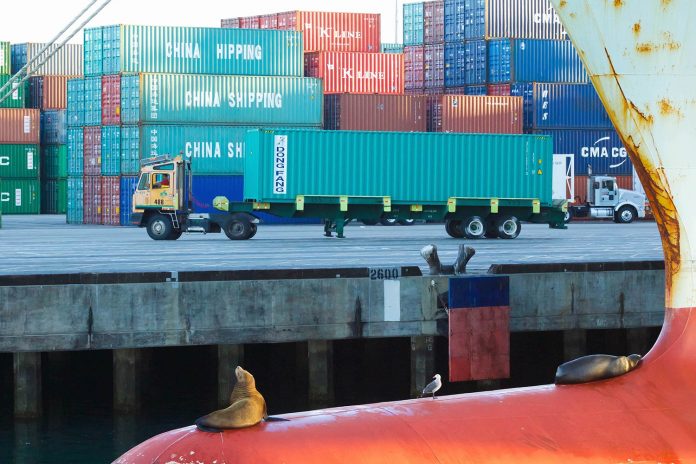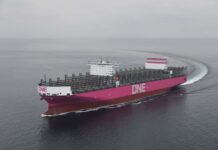
The July 9th expiration date for the White House’s pause on April’s reciprocal tariffs on a long list of countries is rapidly approaching. The administration says it is aiming to wrap up negotiations with its ten largest trade partners after July 4th, and may unilaterally set tariff levels for other countries soon.
Both the US and the EU recently expressed confidence that they will reach an agreement in time. And Canada, facing a July 21st deadline, agreed to cancel a planned digital-services tax shortly after President Trump called off US-Canada trade talks, citing the tax a non-starter.
The president stated again last week that the US has signed a trade deal with China. The Commerce Secretary elaborated that the agreement will see China resuming its rare earth metals trade with the US and the US taking down countermeasures, though other details of the agreement – including tariff levels – remain unclear.
The US’s May 12th tariff reduction on Chinese goods spurred a rebound in China-US container volumes that seems to be losing steam. Possibly expecting a longer demand surge, carriers have also added what is now too much capacity to the transpacific, especially to the West Coast.
Asia to N. America West Coast rates climbed more than $3,000/FEU and 115% from the end of May to mid-June to a high of about $6,000/FEU. But by the end of last week these demand and capacity factors combined to push transpacific container rates down sharply. Last week’s average of $3,388/FEU is 43% below the June peak, though this price is still 22% higher than the end of May.
Rates to the East Coast behaved similarly though not as dramatically as demand was stronger on the shorter West Coast lane and carriers focussed capacity additions to the West Coast as well. East Coast rates climbed 80% from late May to mid-June to about $7,200/FEU but closed the month 15% lower, at $6,116/FEU. This dramatic rate deterioration this early in the typical peak season months has carriers reportedly considering capacity reductions soon.
Even with these tariff-driven pressures that pushed rates up sharply in June, however, the peaks for both lanes were at least $1,000/FEU lower than prices a year ago, and may point to overall capacity growth in the container market.
Asia–Europe and Mediterranean rates each closed June up 25% month-on-month at $2,969/FEU and $4,222/FEU respectively. Red Sea diversions drove another early start to peak season on this lane this year, with some port congestion and capacity shifts to the transpacific also supporting rate increases at the start of June and again mid-month.
But prices on both lanes cooled toward the end of the month suggesting market conditions may not support upcoming July GRIs, though carrier plans to reduce capacity significantly – an unusual step during peak season – could help push additional rate increases through. Like the transpacific, rates are significantly lower than a year ago on these lanes, suggesting capacity growth is putting downward pressure on rates even as carriers continue to avoid the Red Sea.
In air cargo, the US suspension of de minimis eligibility for Chinese goods drove a reported 43% drop in China-US low value shipment volumes in May. With that demand drop, carriers have shifted much of the freighter capacity that was servicing China-US e-commerce goods to other lanes. With this capacity reduction, Freightos Air Index China-US rates have remained stable at about the $5.30/kg mark since May despite reports of cooling demand in the last couple weeks.
Capacity that’s been shifted to other lanes may be one factor in China-Europe rates cooling about 8% since early June to $3.45/kg. Some frontloading out of South East Asia ahead of the July US tariff deadline may explain SEA-US air cargo rates climbing 11% to $5.17/kg since early May.





